You’ll love these spots if you enjoy a mixture of an urban city with plenty of nature and trees! Trees in cities keep temperatures down, remove wind chill, and improve citizens’ mental and physical health. There are many more reasons that trees are beneficial, but the biggest one is that they remove pollutants from the air. In places with lots of exhaust fumes, air pollution, and people, trees help to improve the air quality.
In 2016, MIT’s Senseable Lab partnered with the World Economic Forum to create a website called Treepedia. On the website, researchers studied Google Street View data and created a Green View Index. The index ranks 34 cities worldwide based on the number of street trees each city has. This data, along with other research on cities around the U.S., has been compiled to create our article on the top 8 U.S. cities with the most trees.
8. New York, New York
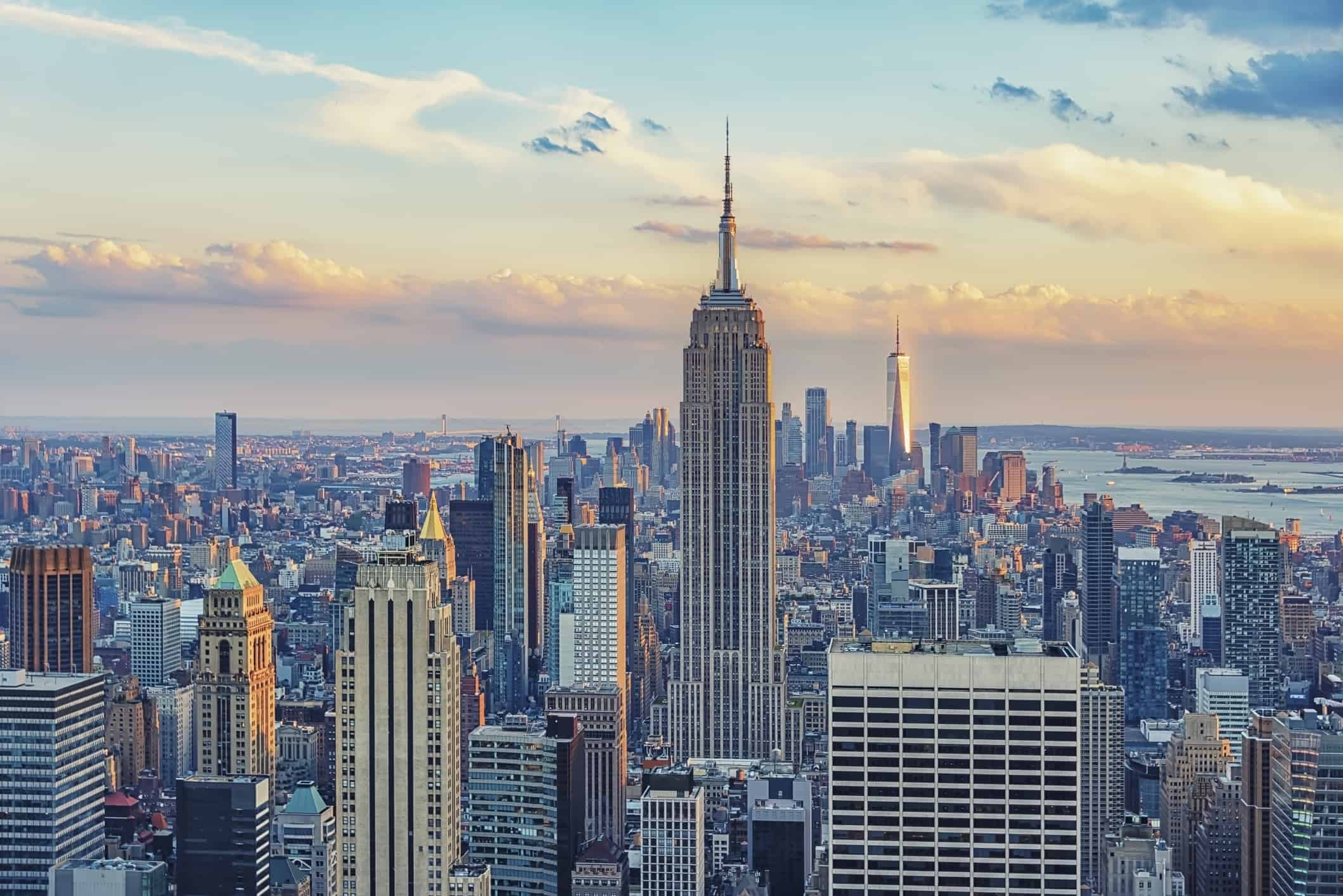
There are more trees than one might expect in New York.
©StockByM/iStock via Getty Images
While the Big Apple has Central Park, which is filled with trees, it doesn’t really have them anywhere else. Walking down the streets, you don’t see many trees in New York City. Out of the 7 million estimated trees in the city, only about 650,000 of them are actually along the streets. The city has so much pavement that there isn’t a lot of room for trees, but that may be changing.
In recent studies, NYC Parks and the City of New York found that decreasing tree populations were leading to increasing health problems. Neighborhoods with fewer trees had residents with more cases of asthma and areas of concentrated heat spots. As residents and workers become more aware of the need for trees, hopefully, New York will be a bit higher in our rankings.
7. Los Angeles, California

Los Angeles is making an effort to plant more trees to keep the city cooler.
©trekandshoot/Shutterstock.com
Around 15.2% of Los Angeles is covered with trees, which is a bit more than New York, but not by much. The city is characterized by its palm trees, and though iconic, they don’t actually do much. Palm trees don’t filter as many chemicals and gases as other types of trees, like oaks. They don’t provide much shade at all, and they don’t make very much oxygen.
Because of drought and pests, the meager population of palm trees has continued to decrease. As a result, public health issues have sprung up more often — including heat stroke and mental health problems.
However, in 2019, May Eric Garcetti adopted a Green New Deal. The deal came with a plan to plant 90,000 trees by 2021. He hired a new forest officer and by June 2022 — the latest update — had planted just 65,000 trees.
6. Boston, Massachusetts
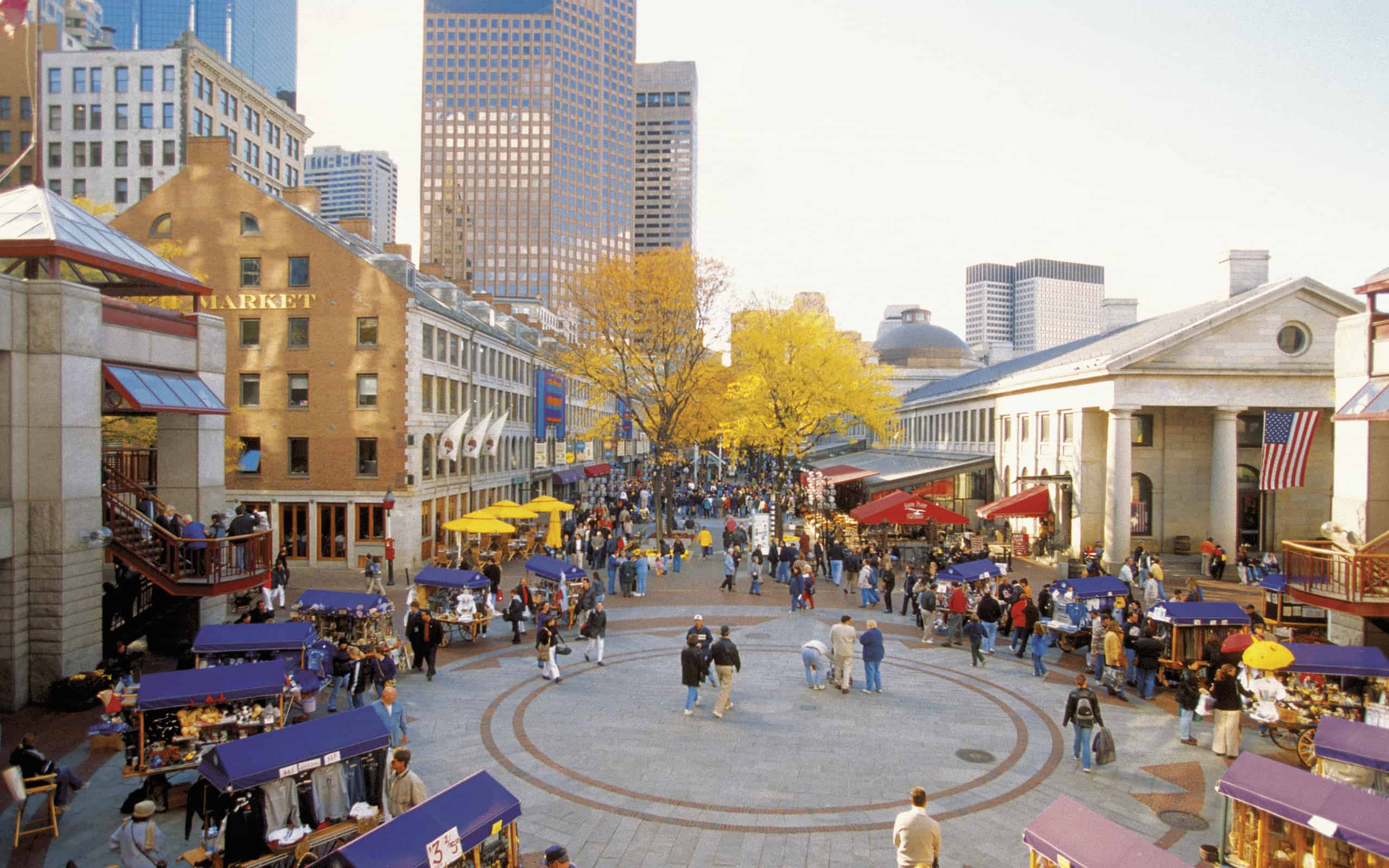
Boston takes good care of its trees by pruning them, watering them, and keeping track of each one.
©Medioimages/Photodisc/ via Getty Images
Ranking just 3% higher in tree coverage than Los Angeles is Boston. For a big city, Boston has a pretty impressive tree population. Not only do they take the initiative to plant trees, but they also do a great job of keeping track of their trees.
The city has an Urban Forestry Division that maintains a Street Tree Inventory of almost 40,000 city trees. On their website, you can see the amount of money that trees have saved the city in terms of pollution removal and stormwater mitigation. You can also search for individual trees, see their address and species, and view them from Google Maps.
5. Miami, Florida
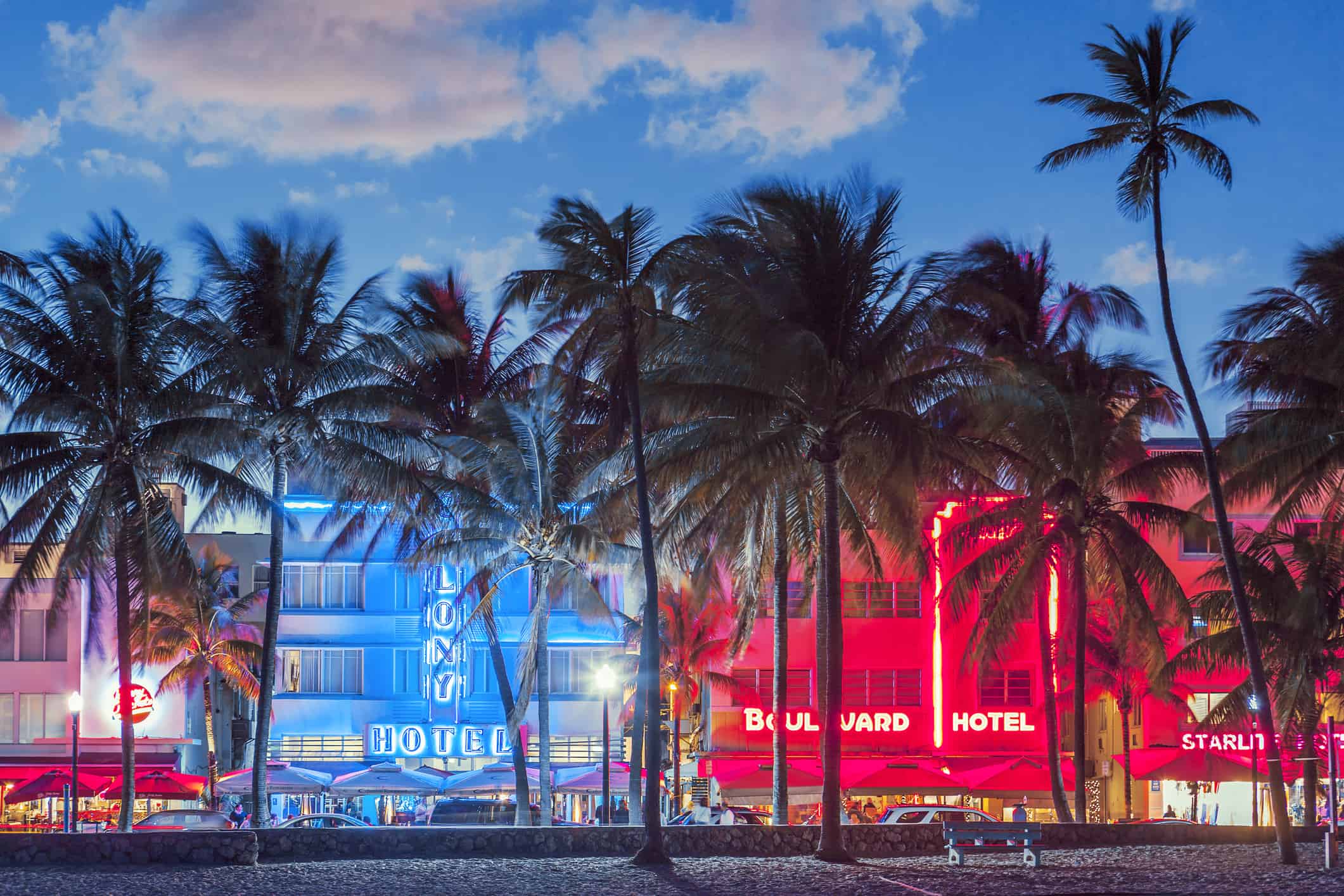
Miami has palm trees lining nearly every street in the city.
©frederic prochasson/iStock via Getty Images
While a majority of them might be palms, Miami is also home to a lot of old Florida oaks and many tropical tree varieties. At almost one-fifth of the city covered in terms of trees, Miami is a pretty great spot. With Florida’s heat, it’s no wonder that the city focuses on offering areas of shade.
Miami has an Adopt-a-Tree program, in which Miami-Dade resident homeowners can apply for up to two free trees per year. There are usually a few types of trees to choose from at events, with some past options being grafted mango, soursop, red mulberry, and Barbados cherry.
4. Seattle, Washington
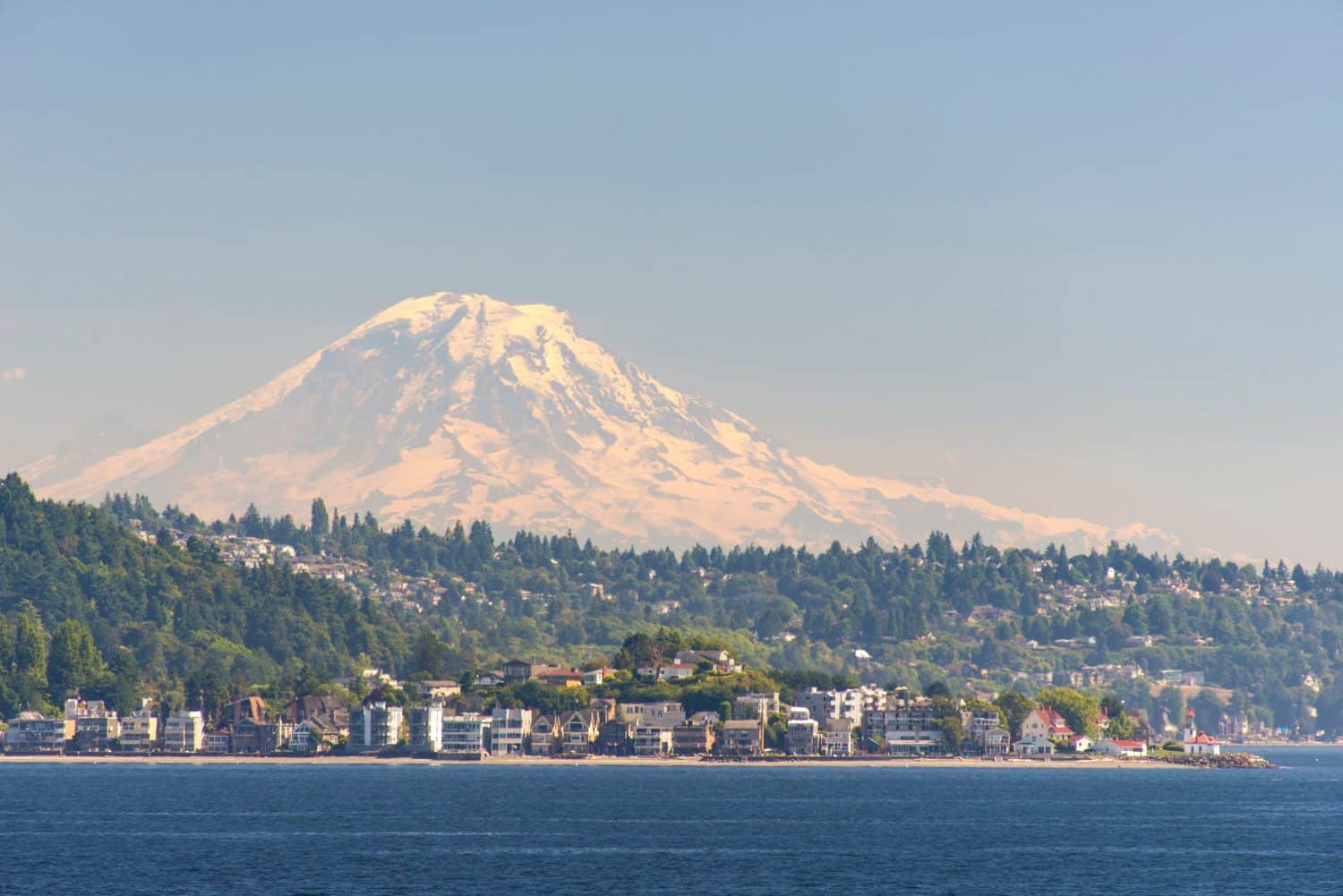
Seattle is a great example of a city that is well-blended with nature.
©Danita Delimont/Shutterstock.com
King County has a strong commitment to green spaces and having trees in urban areas. To fight climate change, the city set a goal to plant 3 million trees by 2025. As of January 2023, they had planted over a million, and were on track to plant even more!
The trees help enhance habitat for salmon and other wildlife, and give shady spots for people to enjoy. They improve water quality and give everyone equal access to green space. Along with adding new trees to the city, King County also works to improve its current forests. They remove weeds and clear out overcrowded areas.
3. Sacramento, California

Sacramento makes an active effort to plant and maintain its trees.
©iStock.com/Belyay
Around 23.6% of Sacramento is covered in trees, nearly double that of Los Angeles. That’s probably because the city takes its trees so seriously, with multiple tree programs and initiatives. They offer neighborhood pruning, special pruning, and tree planting, and they keep a tree inventory.
Each planting season, the city has a goal to plant 1000 trees until it reaches an optimal amount. The Sacramento Tree Foundation has a big role in the amount of trees that the city has. They teach residents how to plant and care for trees. They also offer some free tree programs as well. The efforts of the foundation, along with the City of Sacramento, are part of how Sacramento earned its’ nickname, the City of Trees.
2. Cambridge, Massachusetts
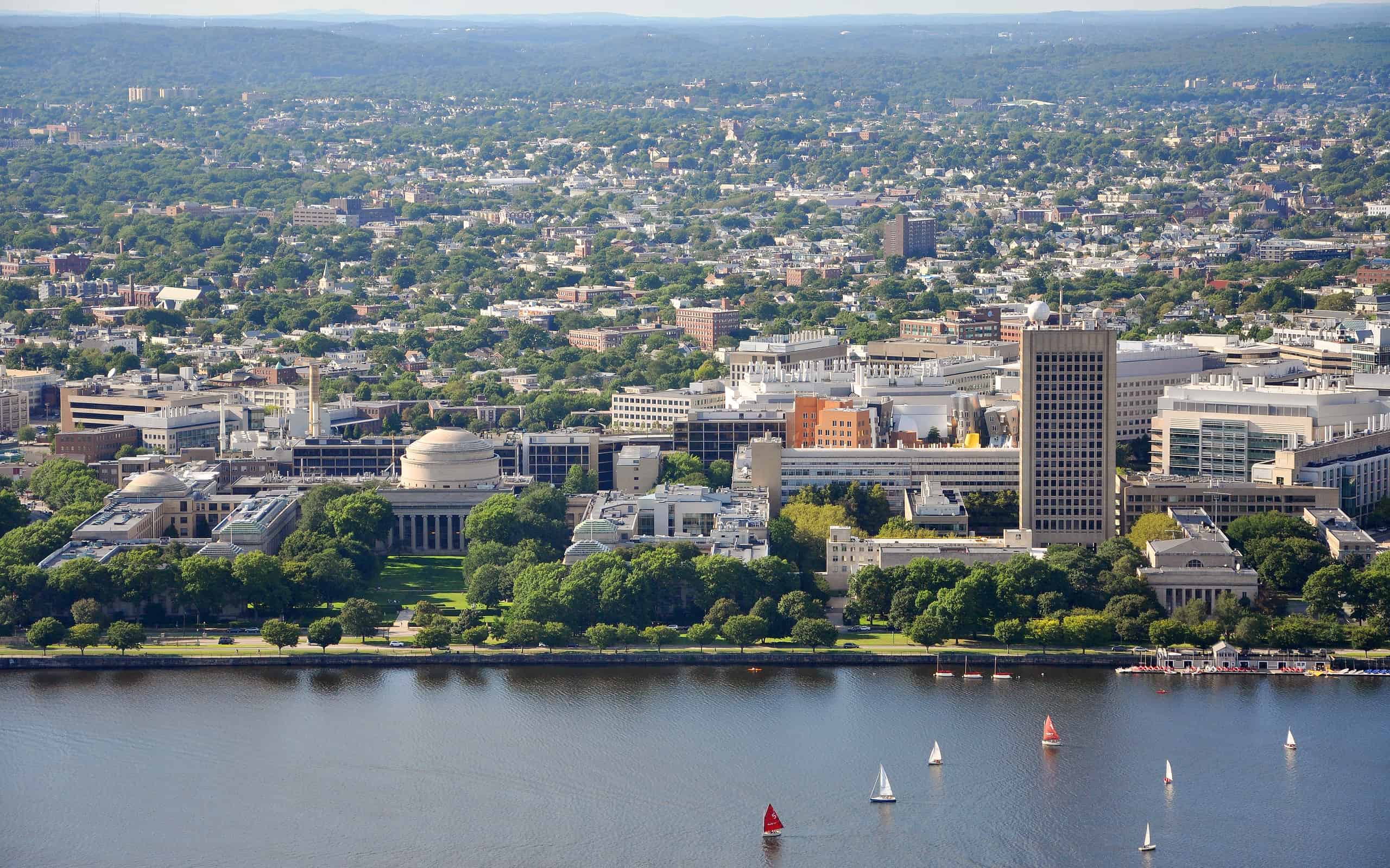
Cambridge is home to a lot of trees, which cover over a quarter of the city!
©Wangkun Jia/iStock via Getty Images
Just over a quarter of Cambridge is covered in trees. The city is focused on maintaining an urban forest that shades the city, cleans the air, and benefits the people and animals who live there. Because they are committed to growing so many trees, Cambridge has an Urban Forestry team. The team works to plant trees, water and care for existing trees, and spread information to the public about free tree opportunities.
One unique opportunity in Cambridge is the chance to become a Cambridge Urban Forest Friend. Then, you can pick a public tree to water, weed, mulch, and care for. The city plants new trees each spring and fall, and they keep track of the existing trees on a map. You can learn about each tree on their website, or try the Cambridge Tree Walk, a mobile map that will identify trees by your location.
1. Tampa, Florida
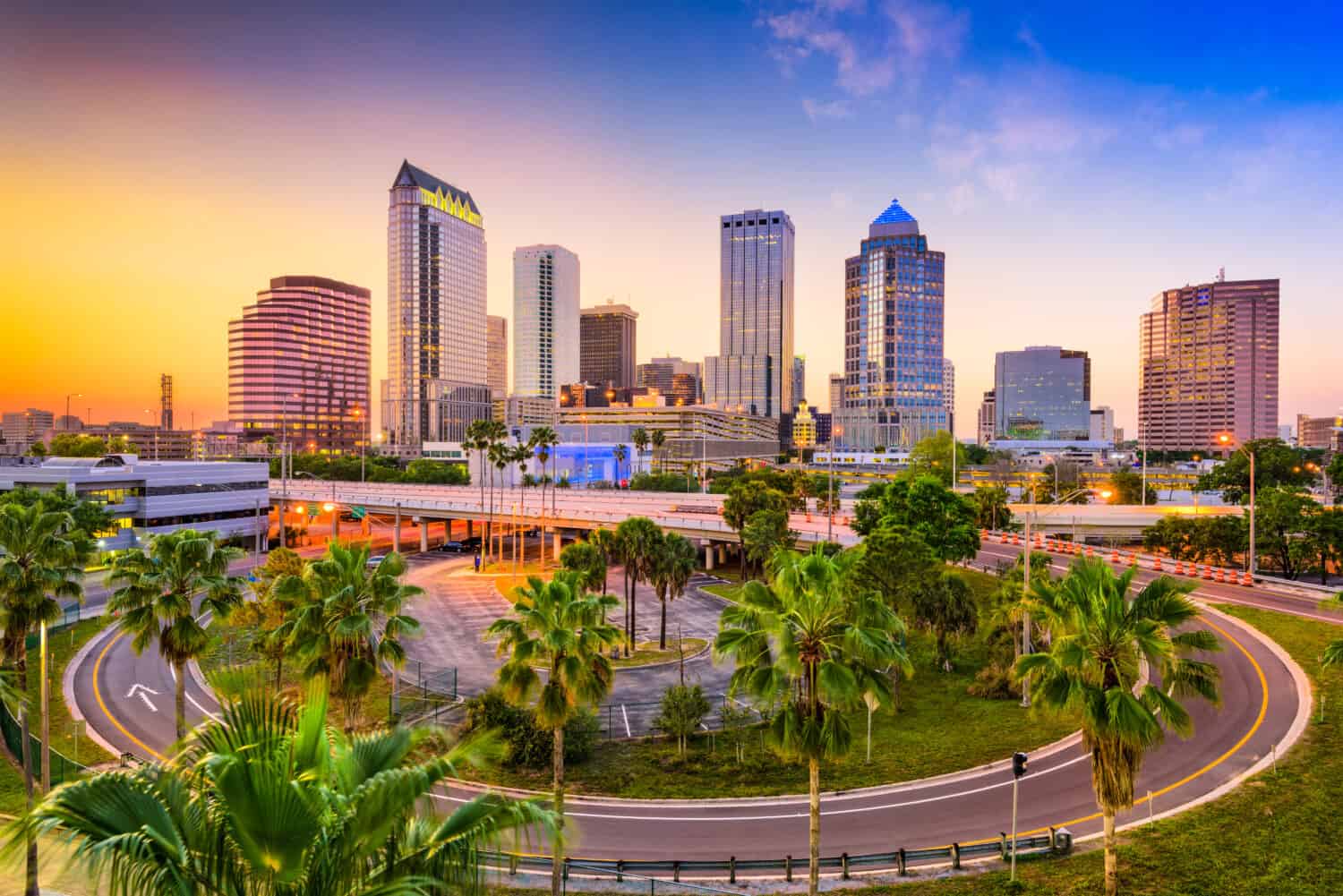
Between palm trees and oaks, Tampa is home to the most trees in the U.S. and the world!
©Sean Pavone/Shutterstock.com
The top city in the U.S. and the world — by a landslide — is Tampa. With most cities averaging between 10 and 20% on the Green View Index, Tampa is the clear winner with a whopping 36.1%. That means that over a third of the city is covered by street trees.
If you visit the city, you’ll quickly see how it earned such a high rank. Old oak trees and Spanish moss hang over tons of the downtown streets. They’re part of what gives Tampa such authentic Florida vibes and makes the city stand out.
The city even has a ‘Tree-mendous Tampa Free Tree Program,’ in which residents can submit a form to have trees planted in front of their homes. They can request two trees per year, which city workers will plant on the city rights-of-way, between the curb and sidewalk. It’s a great way to encourage having more trees and it’s so easy for the residents of Tampa to apply.
But in recent years, development and a rising population have led to many trees getting cut down. In response, the Tampa May Jane Castor created an initiative to plant 30,000 trees by 2030. The city’s active initiative to keep the tree population high is likely how it earned the first place spot.
The photo featured at the top of this post is © Mihai_Andritoiu/Shutterstock.com
Thank you for reading! Have some feedback for us? Contact the AZ Animals editorial team.






